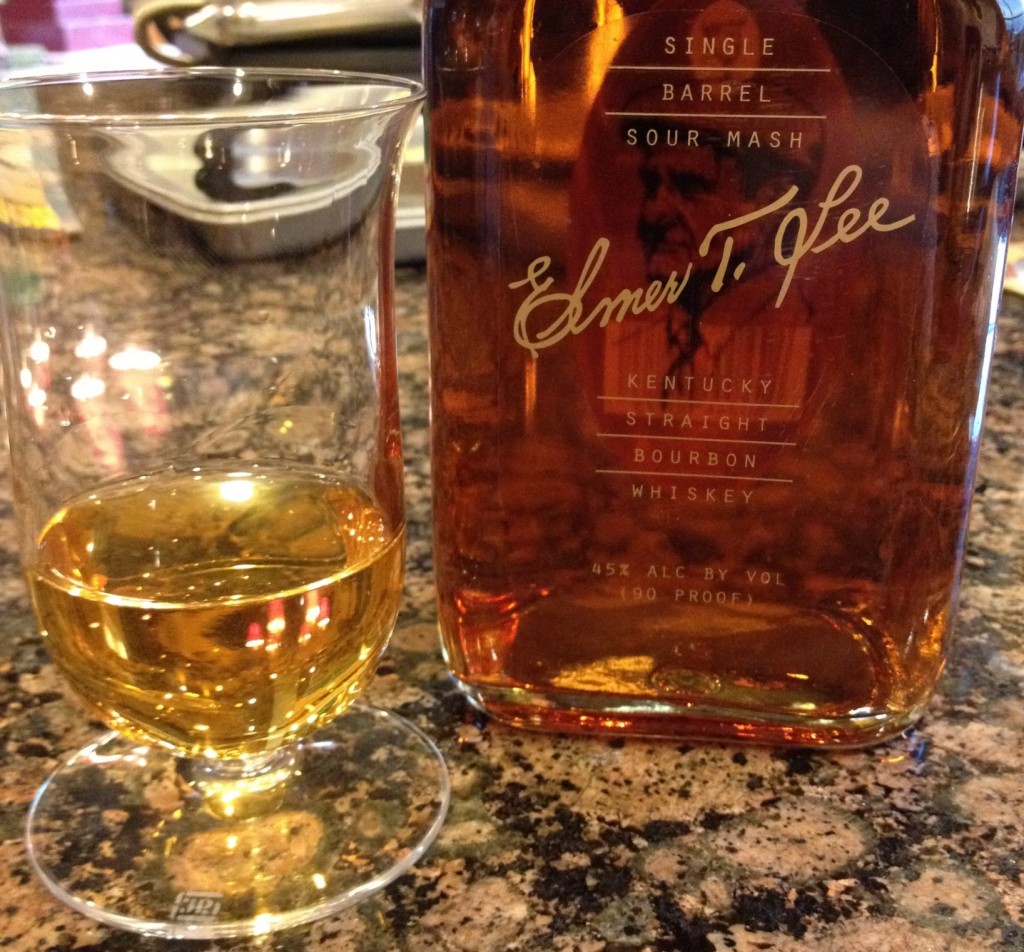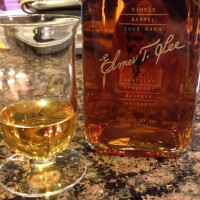
With spring now in full bloom, much of our focus shifts to the outdoors. While it may still be cold and snowing in the North and Midwest, we are enjoying the pleasures of the sunny south. This is the time of year when we look at events that are taking advantage of our beautiful weather. And there is nothing that welcomes spring in the south like the Kentucky Derby.
I know some of you are wondering what Derby has to do with wine. Well, the short answer is…nothing. Although all types of drinks and concoctions are consumed at Derby, one particular alcoholic beverage comes to mind, Bourbon. Yes, this column will explore the realm of spirits as well. After all, spirits come in a bottle and this is Bottle Talk.
To fully appreciate this self professed drink of the southern gentleman, we have to first understand from where it originated. I think every spirit and cocktail has a story associated with it, and bourbon is no exception. Although the first whiskey distillery in Kentucky was founded in 1783 (Evan Williams), it wasn’t until the implementation of The Whiskey Excise Tax in 1791 that the stage was set for bourbon’s future stardom.
Under the presidency of George Washington, but created by then Treasurer Alexander Hamilton, the Whiskey Excise Tax was designed to raise monies to help pay for the American Revolution. Western Pennsylvania farmers, using the spirits they produced as a form of payment for bartering, claimed they did not have the money to pay this tax, amounting to 25% on all distilled spirits. These disputes spearheaded in 1794 to what later became known as the Whiskey Rebellion.
Although some violence occurred toward tax collectors, these events were ended quickly and peacefully with the arrival of government militia. After the “rebellion,” some of the Pennsylvania farmers moved into western Virginia (later known as Kentucky) where this whiskey tax did not exist. These farmers settled in an area known as Bourbon County, which has now been divided into 14 modern counties.
Although the history behind bourbon gives us some insight, it is by far not the entire story. What truly defines bourbon is its unique color and flavor and this comes from the production process. All bourbon, by law, must contain 51% corn, with the remainder made up of barley, wheat and rye. Different producers use varying amounts of grains, called the mash bill, to obtain the desired final flavors in their spirit.
Since grains contain starch, not sugar, they must go through a conversion process. The grains are ground and placed in hot water along with enzymes to convert the starch to a sugary liquid, called wort. This wort is then fermented by yeast to produce a low alcohol liquid called wash. This wash is distilled twice to, finally, make the spirit. With all these steps in the process, I think the labor alone helps to validate the cost of a bottle of bourbon.
When the spirit comes off the still, it is clear white and rightfully called “white dog.” A few hundred years ago, this is how most whiskey (along with bourbon) would have been served. Some of the distillers understood that ageing the spirit would temper some of the harshness of the alcohol and impart some flavors from the barrel. But it wasn’t until tragedy struck Elijah Craig, that bourbon would be changed forever.
Elijah Craig was a Baptist minister that had been making whiskey in Georgetown, Kentucky since 1789. He set his whisky apart from others by marketing the fact it was aged and marking the barrels ‘Old Bourbon.’ Tragedy occurred by way of a fire that damaged many of the barrels in the distillery. Elijah, being a very thrifty man, used the barrels anyway for ageing his spirit. As the spirit traveled to its final destinations, the charred barrels imparted color and flavor to the product. This was an instant success and soon people were asking for ‘Old Bourbon.’ To this day, Heavenly Hill distillery pays homage to Elijah Craig by making a bourbon bearing his name.
Although bourbon had been popular for years, it wasn’t until 1964 that Congress declared bourbon the official distilled spirit of the United States and set rules and standards for its production. One misconception is that bourbon must be produced in Kentucky, which is incorrect. Technically, bourbon whisky can be made in any state and still use the name ‘bourbon.’ Kentucky, however, does have the distinction of being the only state allowed to place its name on the bottle and boasts up to 90% of all bourbon production.
Normally, I suggest a brand to try, but in this case I recommend buying a few different types, in smaller bottles, and have a tasting with friends. Bourbon goes great with pulled pork, wood fired homemade pizzas, or burgers with sharp cheddar cheese. You can even have it with desserts like banana or toffee pudding, peach cobbler or sweet potato pie. So whether you are contemplating a relaxing drink on a spring evening, watching the Kentucky Derby, or wanting to be patriotic, pour a dram of this beautiful amber colored, sweet smoky spirit.
Mint julep (1 serving)
4 fresh mint sprigs
2 ½ oz bourbon
1 tsp powdered sugar
2 tsp water
Muddle the mint, water and powdered sugar in a tall glass
Fill the glass with shaved or crushed ice
Add bourbon and garnish with mint
Serve with a straw
Manhattan (1 serving)
2 oz bourbon
¼ oz sweet vermouth
3 dashers bitters
Garnish: maraschino cherry
Mix all ingredients in a cocktail shaker with ice
Strain into chilled glass (martini glass if available)
Garnish with cherry


 Masters of Wine
Masters of Wine Wine and Spirits Education Trust
Wine and Spirits Education Trust